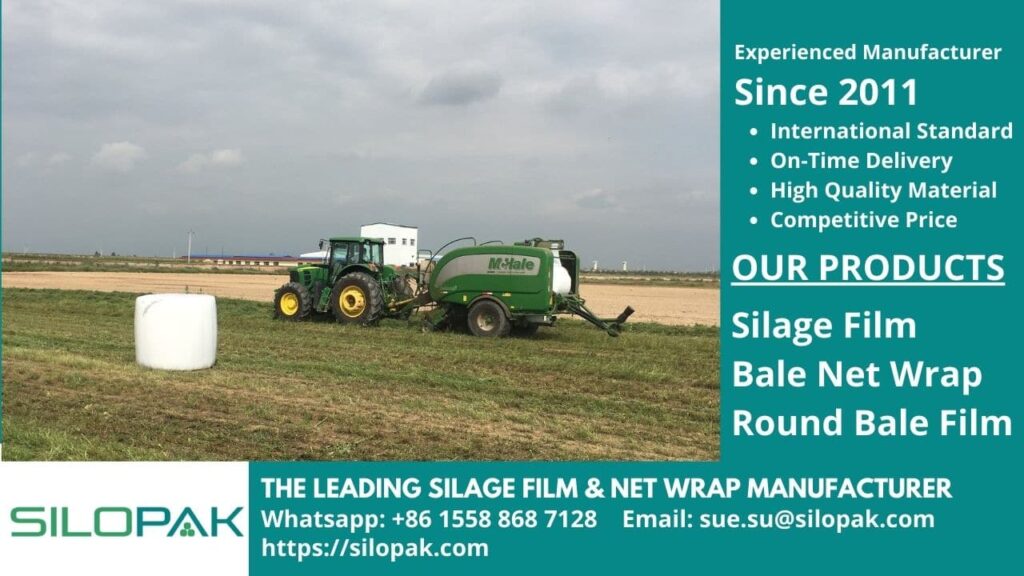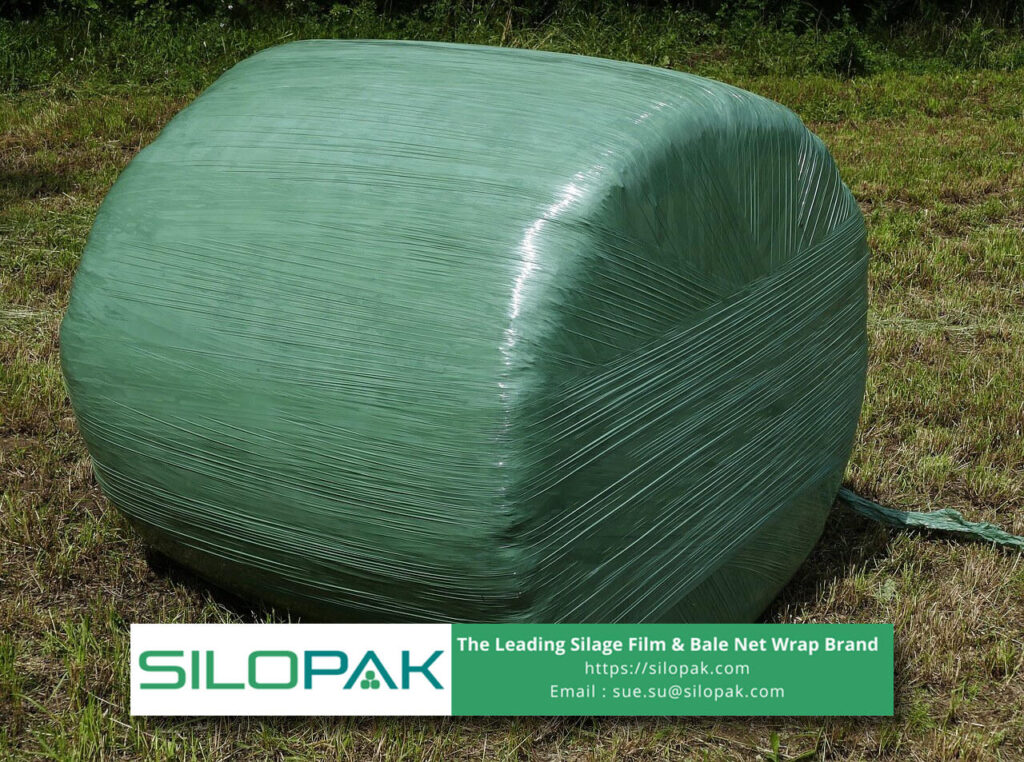
Knowledge of what is silage must be mastered by all farmers and ranchers, even all stakeholders related to the agricultural business. This means that you not only have to be familiar with this animal feed but also know how to make it properly. The most important thing, is you understand how to choose the best silage film supplier.
Knowledge about silage is an important basis so that everyone can make the best feed for livestock that is highly nutritious and durable. If you are a newcomer to the farming and animal husbandry business, I hope this article can be one of the best references, so you can make silage properly with the right packaging.
So, what is silage? In short, it is straw or preserved animal feed ingredients. While livestock usually eats fresh grass, you can store it for dry season supplies with proper fermentation methods. Let’s see this article in full to get a complete insight into silage.
contents
What is Silage?

As mentioned in the introduction, this is animal feed made from grass, straw, or other agricultural waste materials using fermentation. Making silage is very important, especially for farmers who have large agricultural land and lots of livestock.
Access to feed will be more difficult in the dry season. In this situation, the availability of silage will meet the needs for animal feed throughout the dry season. In addition to meeting the needs of their livestock, it can also be sold to small farmers who need it. On the other hand, making silage also optimizes yields with minimal waste.
How to Make Silage
Making silage starts with cutting grass, straw, and crop residue of a certain size. For large-scale farming, the grass is cut using a special machine so that the chopping process takes place quickly and efficiently. Next, the grass will be wrapped using wrap film, or stored in an airtight container, to go through the fermentation stage.
The purpose of fermentation is to retain the nutrients in the grass so that livestock can still get the maximum sugar and protein. This process takes place naturally, utilizing microscopic organisms that live in grass. When opened, good silage has an acidity level of around pH 4-5 and tastes liked by livestock.
Silage Storage Method
Insight about making silage has been carried out by farmers for generations. At first, the grass is stored in special containers that are airtight and protected from sunlight so that it produces feed with good fermentation. However, this method is inefficient, drains energy to transport bales, and wastes space.
For this reason, various technologies have been designed to facilitate a more efficient process of making silage while still maintaining its quality. Agricultural waste grass does not always require a large warehouse, because it can be wrapped quickly with silage film, bale net wrap, or round bale film.
Guide to Making Silage Using Silage Film
To make it easier for you to make silage easily, understanding the knowledge is not enough; you have to practice it directly by adhering to the correct guidelines. Here are simple, easy instructions so you can make high-quality silage:
Prepare Grass
Grass for feed can be obtained from crop residues (straw, leftover grass from corn or wheat, and others) or from weeds that lie down. Make sure the grass is cut in a condition that is still green and fresh.
Fermentation Stage
Leave the grass for a few hours until it wilts, and the moisture content is reduced by about 70 percent. This process requires precision and experience to ensure that the grass is neither too wet nor too dry. At this stage, the silage releases oxygen to the maximum. Furthermore, lactic acid bacteria immediately start the fermentation process.
Packaging and Compaction Stage
Silage should be immediately wrapped in film in bale form. With certain techniques, as well as using a special machine, wrapping it must be done in several layers so that the silage is guaranteed to be safe from leaks or exposure to sunlight. You have to be selective in choosing good quality, elastic, and strong silage film and produced by a credible supplier.
Correct packaging of silage will make the it last longer with nutrients that are maintained for 3-6 months. When later the it is opened and exposed to oxygen again, the feed must be served to the livestock immediately. In addition to meeting the needs of feed, good silage also helps the digestive health of livestock.
Knowledge of what is silage will encourage you to find out how to make it properly. Direct practice and experience will make you more skilled. But the existence of high-quality silage film and supporting devices will enhance the silage you make. Finally, let’s be selective in choosing the best partners to get wrap film for the availability of highly nutritious feed in the dry season.

